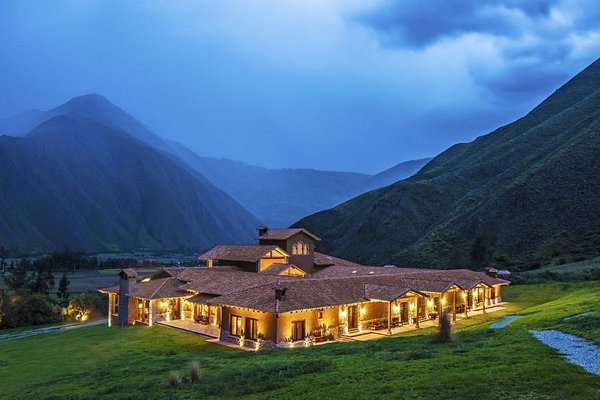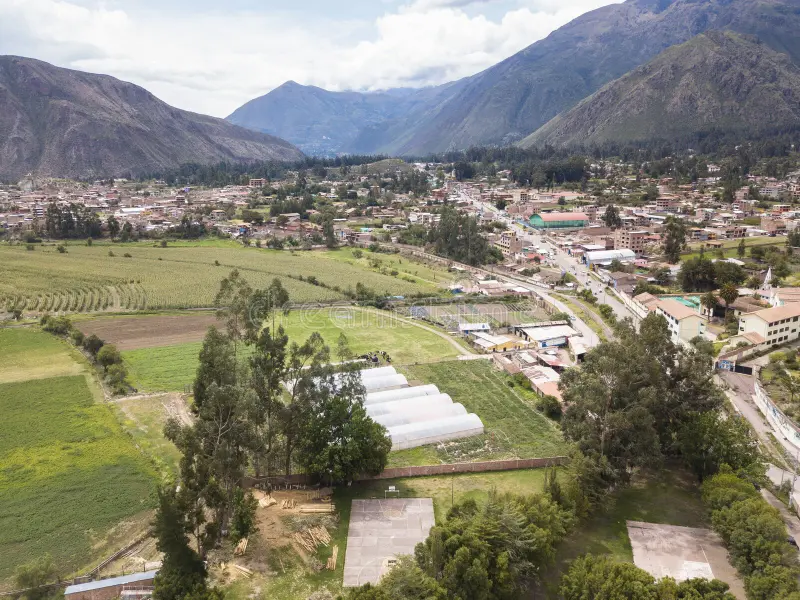This Urubamba Peru travel guide invites you deep into the Sacred Valley, where Inca legacy and Andean landscapes converge in unforgettable ways.Nestled in the heart of the Sacred Valley, Urubamba is more than a gateway to Machu Picchu—it’s a soulful destination brimming with Inca heritage, artisan charm, and breathtaking Andean landscapes. This Urubamba Peru travel guide uncovers the town’s hidden spiritual energy, traditional farming culture, vibrant market life, and ancient ruins—all against a stunning backdrop of snowcapped peaks and winding rivers.
🏛️ Explore the Ancient Terraces of Moray
Just outside Urubamba lies the surreal archaeological site of Moray, where concentric circular terraces resemble a natural amphitheater carved into the earth. Historians believe this was an Inca agricultural laboratory, where microclimates were used to adapt crops to varying elevations. The site is not only visually striking but offers insight into the Inca’s scientific ingenuity and connection to nature.Moray’s unique beauty and historic resonance make it a must-see stop in any Urubamba Peru travel guide.

🧭 Stroll Through the Urubamba Town Center
The laid-back heart of Urubamba invites you to slow down. Wander cobbled streets lined with colonial-era churches, artisan shops, and welcoming cafés. Stop at the San Pedro Church, a 17th-century colonial structure still active with worshippers and community events. The town’s central plaza often hosts music festivals, farmers’ markets, and folkloric dance performances that reflect Urubamba’s Andean identity.
🛕 Visit the Salt Ponds of Maras
A short drive away, the Maras salt mines shimmer under the mountain sun like a white staircase of ancient terraces. These salt evaporation pools, dating back to Inca times, are still actively harvested by local families. Watching the geometric pools glisten and learning how salt is naturally extracted from underground springs is a surreal and unforgettable experience.
🌄 Trek Along the Sacred Valley’s Riverside Trails
Urubamba sits along the Vilcanota River, offering a base for gentle hikes or serious treks into the surrounding mountains. Trailheads wind through eucalyptus groves, wildflower meadows, and agricultural lands worked by ox-drawn plows. Along the way, you’ll pass llamas, terraced hills, and panoramic views of the Andes. It’s a peaceful alternative to the more crowded Inca Trail routes.

🎨 Discover Artisan Workshops and Weaving Collectives
Urubamba is a hub for Andean craftsmanship. Visit local workshops where artisans make traditional textiles, pottery, and silver jewelry using age-old techniques. Many cooperatives, especially those led by Quechua women, open their doors to visitors. You’ll not only learn the cultural significance behind each design, but also support sustainable, community-led tourism.
🧘♀️ Recharge with Eco-Lodges and Wellness Retreats
Known for its spiritual energy and mountain serenity, Urubamba attracts wellness seekers from around the world. Nestled in the hills are eco-lodges offering yoga sessions, traditional Andean healing ceremonies, and organic gardens. Whether you’re meditating with coca tea at sunrise or soaking in a mountain-view hot tub, this is the Sacred Valley at its most rejuvenating.
🍲 Taste Farm-to-Table Flavors in the Andean Highlands
Urubamba’s culinary scene is as rich as its soil. Local restaurants champion farm-to-table cuisine, sourcing ingredients like quinoa, native potatoes, and trout directly from nearby farms. Try pachamanca, a traditional Andean feast of meat and vegetables slow-cooked underground over hot stones, or sample choclo con queso, a giant-kernel corn paired with salty white cheese.No Urubamba Peru travel guide would be complete without mentioning the valley’s vibrant farm-to-table movement and indigenous culinary practices.
🚐 Transportation Insights in This Urubamba Peru Travel Guide
Urubamba is easily accessible by road from Cusco (approximately 1.5 hours by car or colectivo). Taxis, minivans, and tourist buses connect the town to major Sacred Valley sites. For a scenic route, the PeruRail or IncaRail train from Ollantaytambo to Machu Picchu also stops nearby. Inside the town, mototaxis are a fun and affordable way to explore.
🌿 Connect with Quechua Culture
The spirit of the Andes is alive in Urubamba’s people. Many residents still speak Quechua and practice ancestral rituals tied to the lunar calendar. Participate in a Pachamama ceremony, visit rural schools, or learn how locals use native plants for medicine. These immersive experiences offer more than sightseeing—they offer genuine cultural exchange.

💰 Travel Budget Tips for Urubamba, Peru
This section is not counted toward the word count
- Accommodation: $25–$80 per night (guesthouses to boutique eco-lodges)
- Meals: $5–$20 (local markets to upscale fusion restaurants)
- Transport: Colectivos from Cusco ~$3, taxis within town ~$1.50
- Entry Fees: Moray ~$4, Maras ~$2, or included in Boleto Turístico
- Tours: Guided day trips ~$35–$60
- Extras: Handwoven textiles ~$10–$30, artisan ceramics ~$5–$20
For more detailed travel planning resources, check out the official Urubamba travel page by PromPeru, which highlights top attractions, regional festivals, and cultural experiences worth exploring.
If you’re drawn to the mystical energy of Peru’s mountains, don’t miss the Huaraz Peru travel guide, packed with adventures through glacial valleys, ancient ruins, and authentic Quechua communities.
